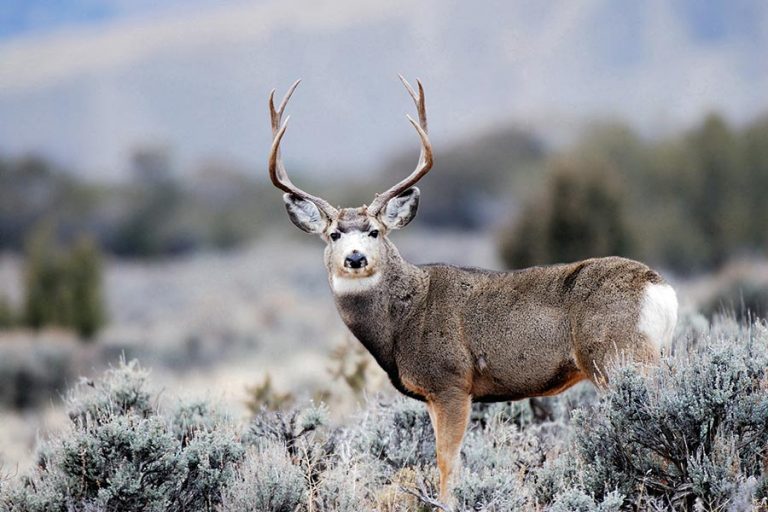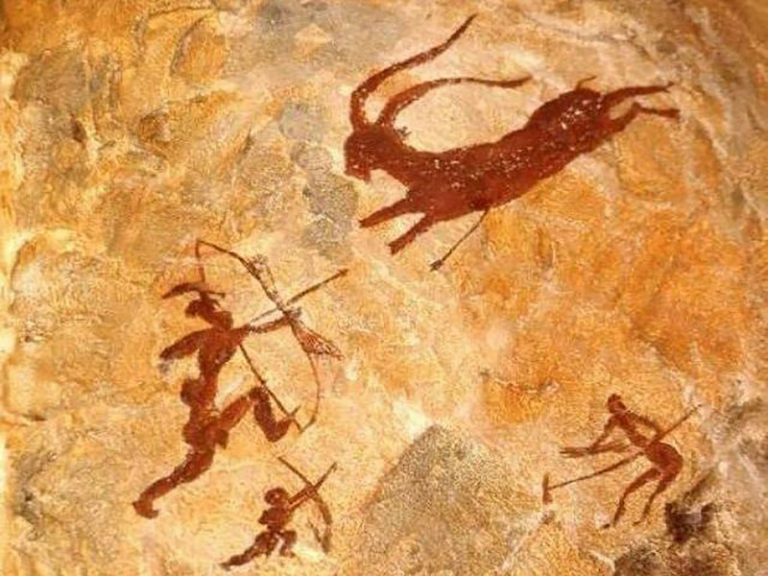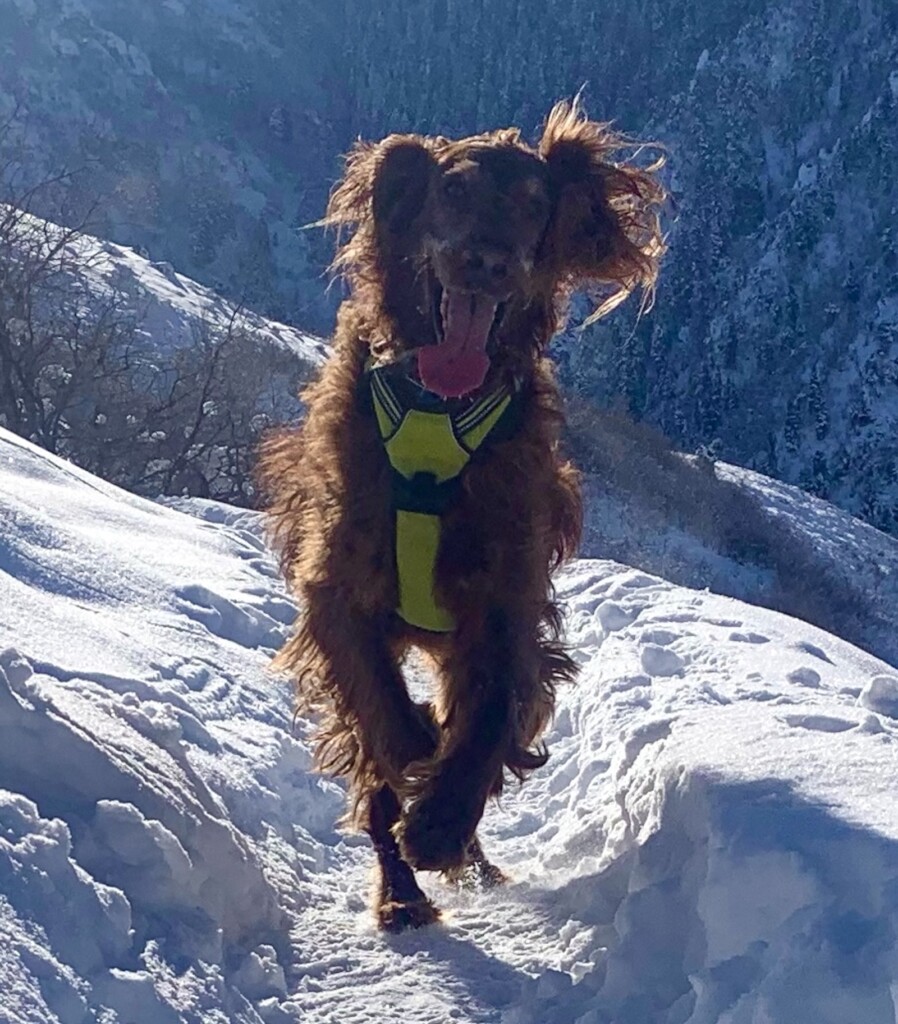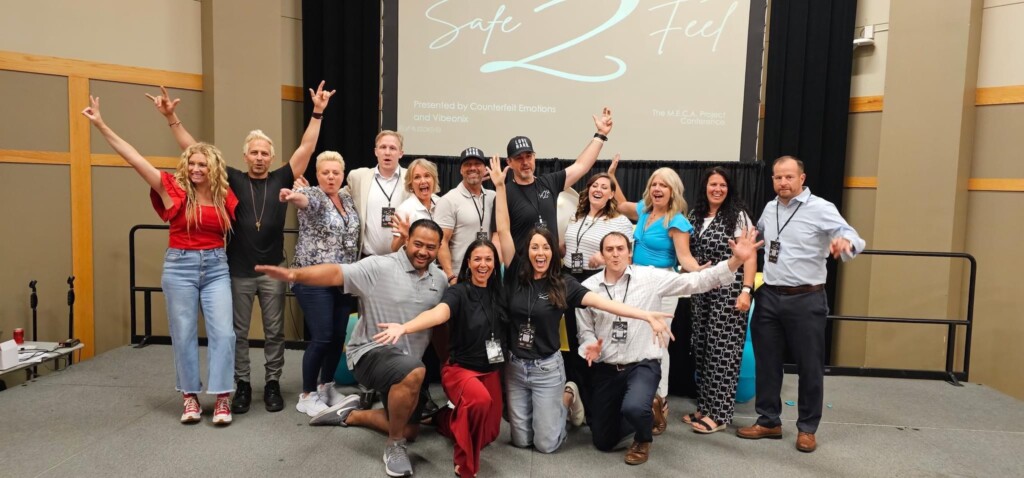
As an avid big game hunter with university degrees in wildlife management, our North American model of managing game animals for sport and meat hunting is the best in the world.
The approach involves limiting take, hunting in appropriate seasons, equipment restrictions, and restoring wildlife habitat.
Our model has been exported to Europe and parts of Asia and is now being employed in Africa, where managing the hunting of big game animals can bring desperately needed money to local communities.
The best part of responsible management is the restoration of complete ecosystems, which benefits all of us.
Restoring habitats, however, costs lots of money. The Utah Division of Wildlife Resources gets much of that money from selling hunting and fishing licenses. But nationwide, the interest in fishing and hunting has fallen. Reasons for this trend aren’t entirely clear, but hunting has seen a steep decline in the past five years, dropping by more than two million hunters.
Even here in the West, those funds have flattened out as younger millennials and those whose relatives or friends do not hunt have never been introduced to the hunting tradition, and today’s techie generation just isn’t as interested in outdoor activities as their parents and grandparents were.
Utah’s 2020 ballot included a Right to Hunt and Fish Amendment. However, Constitutional Amendment E was largely a feel-good bill that had no real effect on the future of hunting and fishing in Utah, which are not under threat.

I was taught to hunt by my father and grandfather. My grandfather was an avid duck hunter who helped start the Utah Duck Club, and also a well-known fly fisherman. My father mostly hunted pheasants and flyfished.
I grew up wading the Provo River near our cabin in Woodland, sitting in a duck blind, or chasing pheasants west of Rose Park where I grew up.
The skills I had learned as a kid later helped me and my undergraduate roommates at Utah State University, as we served up healthy meals of duck, pheasant, fish and rabbit every week.
Over the years I have killed a few trophy deer, but I have yet to find a good recipe for eating antlers! Although their focus is mostly on the “mount”, these “elitist” hunters usually do not waste the meat, but often take the carcass to a meat cutter who is skilled in processing domestic meat.
The meat of wild animals is significantly leaner but healthier than corn-fed beef and pork. Cooked properly, wild meats do not taste wild, although domestic meat cutters often produce cuts that are not as tasty as those processed by experienced meat hunters who cut and freeze their own kills.
I have no problem with “elitist” hunters. However, hunting regulations to promote trophy hunting may have pushed many of us common meat hunters aside.
Also, potential new hunters might think the sport too expensive if they need to buy a high-end gun and a big truck to haul several all-terrain vehicles to invade the forest.
Every year I get up early to hike-hunt the same area I have frequented for decades, using the same old rifle to harvest yet another buck deer for the table regardless of the size of its antlers.
Because my wife and friends have harvested so many wild animals over the years, we have learned how to process, freeze and cook wild sustainable meats that taste great and help to keep us leaner and healthier than most.
The current pandemic has lured many new hunters into the field. The internet can provide them with the information to start filling their freezer with hunted, fished and foraged wild resources. To these individuals, I can only say, “Good hunting.”






